The prokaryotic organisms: the bacteria // Hans Cristian Gram
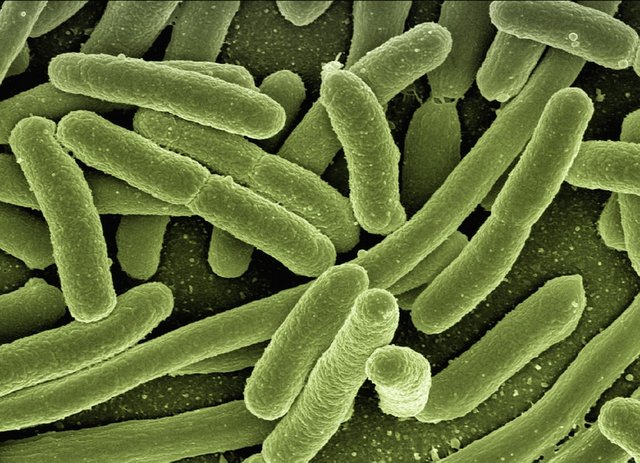
Source of image of pixabay
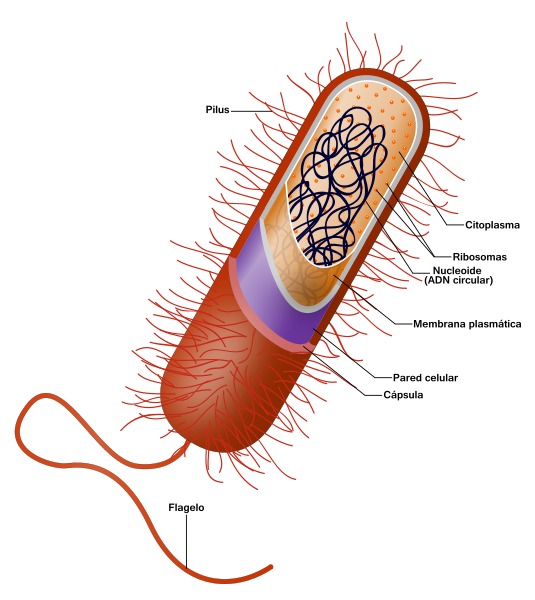
Cellular structure of a bacterium, typical procariota cell, source of image of domain of Wikimedia Commons, Author: Ali Zifan.
Apart from The central ADN some bacteria present small fragments of called ADN plásmidos, which is much used by the man in genetic engineering, the activities enzimática it is carried out in the cellular membrane. Some bacteria it has an extension citoplasmáticas, the prosteca that increases the cellular surface, the prosteca can have nutritional functions of subjection and in some cases it intervenes in the cellular division.
The bacterial scourges constituted by a protein call flagelina, they are rigid and they are joined to the membrane by two or cuatros disc that they form the engine to flagellate, sometimes the bacteria present fimbrias, filaments thinner than the scourges, which facilitate together with the capsule the fixation of the bacteria on the substratum, a type of fimbrias the bacterial pili, which is entrusted of the broadcast of genetic material to other bacteria.
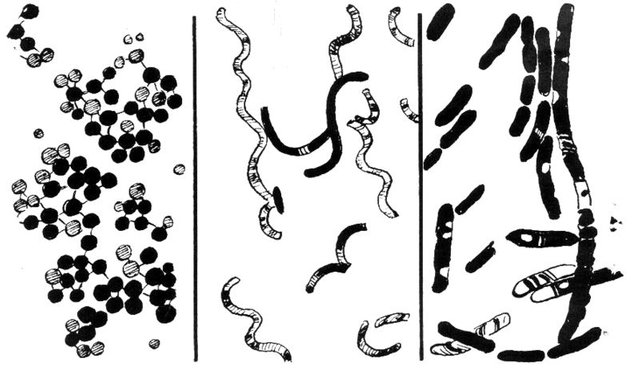.jpg)
From left side to right hand: Coconuts, espirilos and bacilli, source of image of domain of Wikimedia Commons, Author: Pearson Scott Foresman.
The bacteria divide asexualmente by bidivision, it has the possibility of trasferir ADN of one to others by means of the conjugation, thanks him the fimbrias pili, by means of which bacteria dadora establishes contact with a bacterium aceptora, in where trasfiere part of his genetic material.
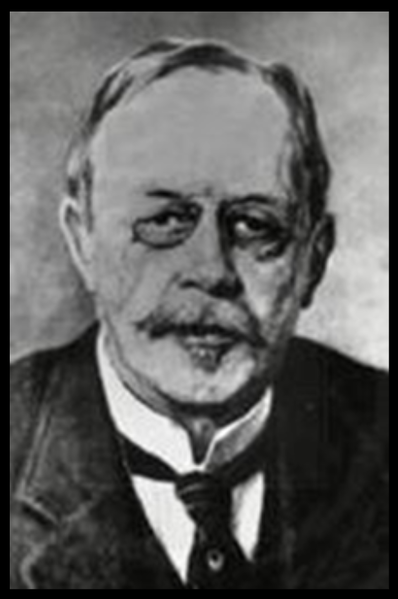
Hans Christian Gram (1853-1938), source of image of mastery of Wikimedia Commons, Author:Unknown
Tried to establish the difference between two causative bacteria of pneumonia: Klebsiella pneumoniae and the Neumococo, the process of coloration of bacteria was the following one: to add violet of gentian, fixation with iodin in a solution of yoduro of potassium, and finally, to realize a wash with ethanol. This way, he observed that some bacteria were dyed of bruise, and named them Bacteria positive Gram.
Also it is necessary to mention that it is based on the use of two colourings, violet of methyl and iodin, which behave of form different according to the composition of the bacterial walls. The bacteria positive Gram the coloration preserves on having been treated later with absolute alcohol and the negative Gram it loses it.
A few years later, the scientific German Carl Weigert extended this discovery adding safranina after the procedure of Gram, and observed that any bacteria were not dyed and others were dyed of red. The above mentioned were called Bacteria negative Gram.
East discovery has had and has an excellent importance, since it allows to differentiate the bacteria in two blocks: Bacteria positive Gram and the negative Gram, of big utility to choose a certain antibiotic treatment.
The bacteriógrafos, viruses that infect bacteria, can serve as vehicle of genetic broadcast, in such a way that when a virus finishes the cycle lítico, viral particles can form, in whose ADN is stayed by fragments of the ADN of the bacterium that they have infected. When these viral particles, on having infected another bacterium, liberate the ADN in the citoplasma, this one will be able recombinarse with ADN of the new bacterium, it is a process of genetic transference it is the transducción.
Many bacteria are autótrofas, that is to say that they are capable of realizing the synthesis of organic matter from inorganic compound, the aptitude to synthesize organic matter from inorganic substances using chemical energy, it is an exclusive quality of the bacteria. The bacteria were probably first organism in populating the ground, in spite of being of small size and of having a simple structure, it is present in the natural way in big number and they are capable of carrying chemistries of such importance out trasformación, that some of them are made use by the man in medicine, agriculture, industry, food and water treatment, studies are realized to use them in the generation of energies.
| Bacteria | Tinción de Gram |
|---|---|
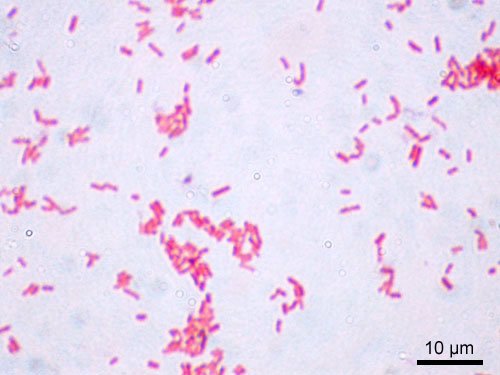 Source of image of mastery of Wikimedia Commons, Author: Y tambe. Source of image of mastery of Wikimedia Commons, Author: Y tambe. | Bacteria Escherichia coli (gram denials) conference to the microscope after being dyed by the colouring of Gram. |
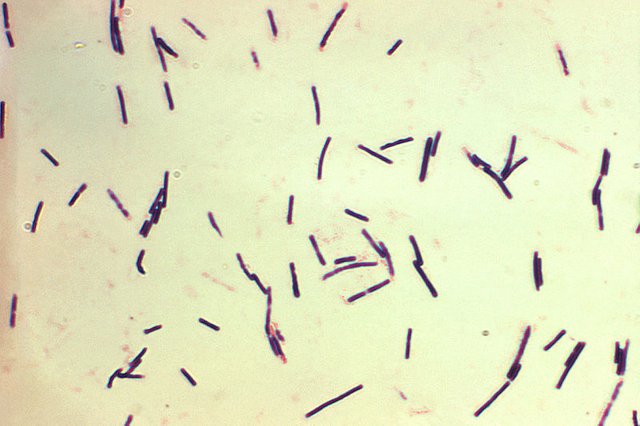 Source of image of mastery of Wikimedia Commons, Author: Content Providers (s): CDC/Don Stalons Source of image of mastery of Wikimedia Commons, Author: Content Providers (s): CDC/Don Stalons | Bacterias Clostridium perfringens (Gram Positive ). |
 Source of image of mastery of Wikimedia Commons. Source of image of mastery of Wikimedia Commons. | Bacteria grampositivas of Bacillus anthracis (purple bacilli) that produce an illness called anthrax, found in a sample of liquid cerebroespinal. If there was a species of bacterium negative Gram, it would appear of pink color. The rest there are the leukocytes that attack the infection. |
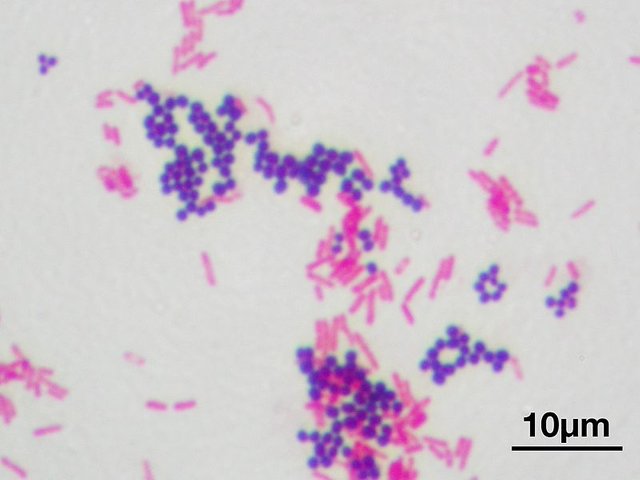 Source of image of mastery of Wikimedia Commons, Author: And tambe Source of image of mastery of Wikimedia Commons, Author: And tambe | A colouring of Gram in the one that is observed mixed of Staphylococcus aureus (coconut positive Gram) and Escherichia coli (bacillus negative Gram). |
Has big importance in the functioning of the ecosystem, since they constitute the base of the networks tróficas, trasformando the organic matter in inorganic compound and serve as food for other organisms. Some of them are capable of causing infectious illnesses in plants and animals, in which some of them can propagate and survive in extreme adverse conditions, since part of them are autótrofas, the cianobacterias, also acquaintances as verdeazules seaweed, they are eubacterias photosynthetic and colonial that they have been living on our planet for more than 3 billion years. This bacterium grows in mats and hillocks in the least deep parts of the ocean.
Nowadays only they are in some regions, but it does thousands of million years they were in so big number, that were capable of adding, across the photosynthesis, sufficient oxygen to the primitive ambience of the Earth, as so that the animals that needed oxygen should survive.
Me dismissals greeting to the whole platform of Steemit and see you later in the following post reading friends.
Bibliographical Consulted Source
Biology III. The codes of the life - Page 88 for David Aljanati - 2004.
The essential thing in cell and genetics - Page 3 for Ania L. Manson, Emma Jones - 2003.
Tan. Biology - Page 24 for Helena Curtis, Adriana Schnek - 2008.
Cell procariotaWikipedia.

Congratulations @dark69! You have completed the following achievement on the Steem blockchain and have been rewarded with new badge(s) :
Click here to view your Board of Honor
If you no longer want to receive notifications, reply to this comment with the word
STOP